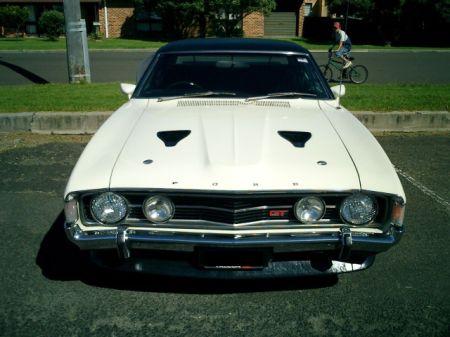Interior/Exterior Venting the Bonnet - A Unique Design
#76
#78
#79
 but you left out one seriously hooked Mini MODder
but you left out one seriously hooked Mini MODder  .
. At some point he will likely be carted off but until they drag him away - lets all enjoy the journey he is sharing.

Love ya gnat
#81
#88
#89
#90
#93

You gotta make HP/TQ gain claims
 of course those things did come off of a TR7 so perhaps you lost a few ponies putting those on
of course those things did come off of a TR7 so perhaps you lost a few ponies putting those on  .
. Your gonna have to do the string test - tie some 1"-2" strings and then go out on the highway.
#94
Aero testing? Have you learned nothing here at NAM 
You gotta make HP/TQ gain claims of course those things did come off of a TR7 so perhaps you lost a few ponies putting those on
of course those things did come off of a TR7 so perhaps you lost a few ponies putting those on  .
.
Your gonna have to do the string test - tie some 1"-2" strings and then go out on the highway.

You gotta make HP/TQ gain claims
 of course those things did come off of a TR7 so perhaps you lost a few ponies putting those on
of course those things did come off of a TR7 so perhaps you lost a few ponies putting those on  .
. Your gonna have to do the string test - tie some 1"-2" strings and then go out on the highway.
I'm not selling them so I don't need to make unfounded claims.
Besides, the main goal was bling and to do them better then Sid.

#95
Based on some of the other airflow analysis threads scattered around NAM, it seems as though that area over the bonnet is a low pressure area (Bernoulli's Principle and all). Thus, it ought to work great for gnat's design purposes. Would probably not work so good for pulling air in.
Last edited by Gil-galad; 11-24-2007 at 02:22 PM.
#96
^+1
There's a high-pressure area at the base of the windscreen, but the entire top surface of the bonnet forward of that is pretty much a low-pressure area. That's not to say that you can't have a flush-mounted duct on the flat portion of the bonnet that will draw air into the underhood area - it just has to be designed significantly differently (like a NACA duct).
Here's a NACA duct (the little duct amongst the "Mercedes" lettering, NOT the big honking thing with the metal-mesh screen):

There's a high-pressure area at the base of the windscreen, but the entire top surface of the bonnet forward of that is pretty much a low-pressure area. That's not to say that you can't have a flush-mounted duct on the flat portion of the bonnet that will draw air into the underhood area - it just has to be designed significantly differently (like a NACA duct).
Here's a NACA duct (the little duct amongst the "Mercedes" lettering, NOT the big honking thing with the metal-mesh screen):

#98
Based on some of the other airflow analysis threads scattered around NAM, it seems as though that area over the bonnet is a low pressure area (Bernoulli's Principle and all). Thus, it ought to work great for gnat's design purposes. Would probably not work so good for pulling air in.
^+1
There's a high-pressure area at the base of the windscreen, but the entire top surface of the bonnet forward of that is pretty much a low-pressure area. That's not to say that you can't have a flush-mounted duct on the flat portion of the bonnet that will draw air into the underhood area - it just has to be designed significantly differently (like a NACA duct).
There's a high-pressure area at the base of the windscreen, but the entire top surface of the bonnet forward of that is pretty much a low-pressure area. That's not to say that you can't have a flush-mounted duct on the flat portion of the bonnet that will draw air into the underhood area - it just has to be designed significantly differently (like a NACA duct).







